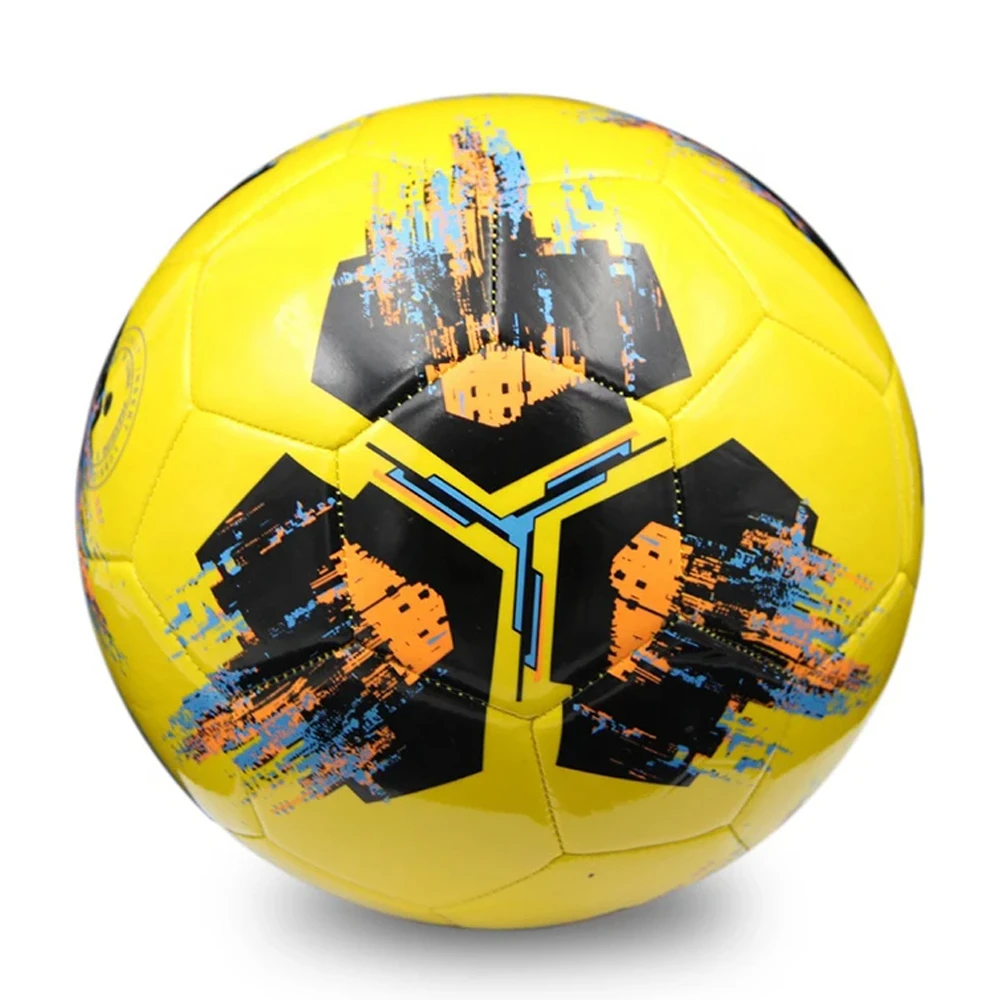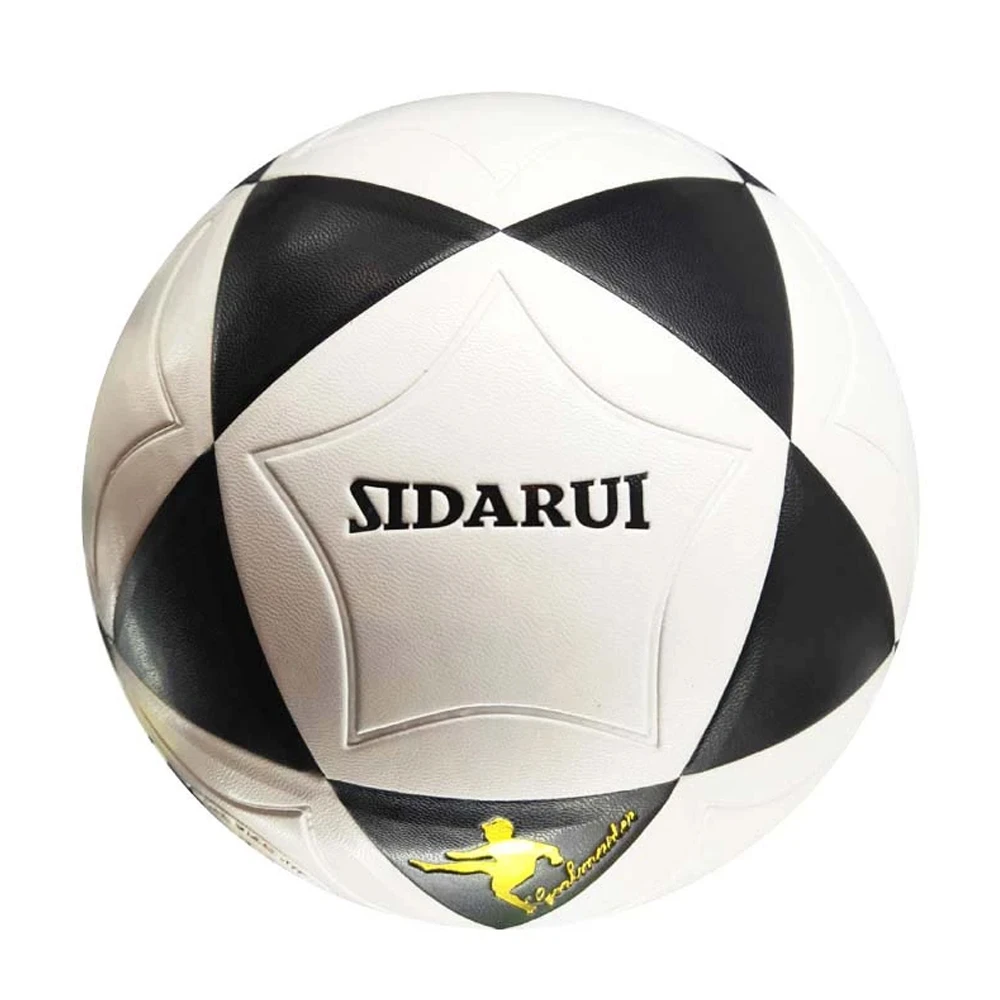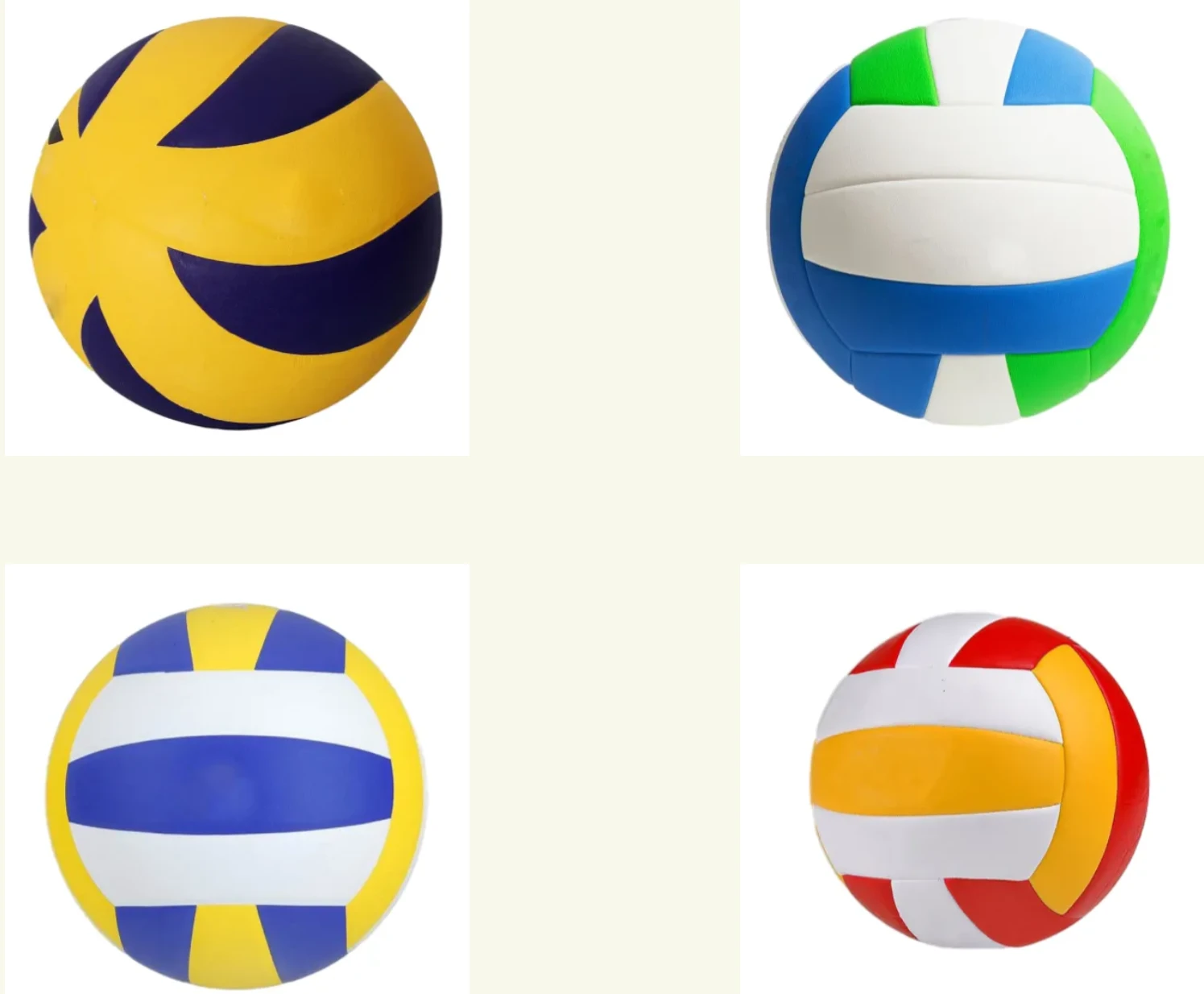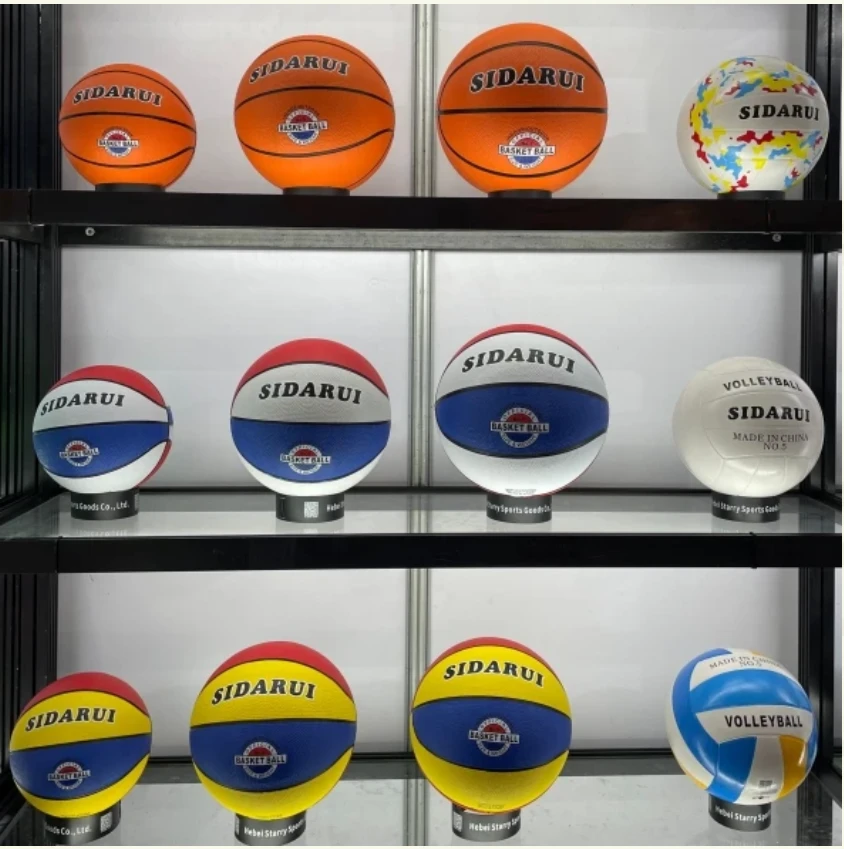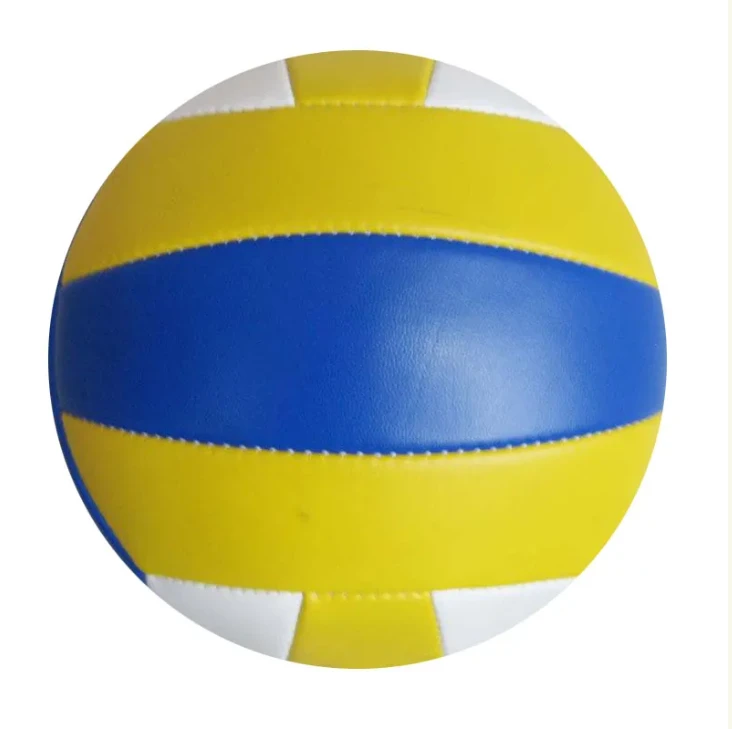May . 09, 2025 02:23
- Introduction to Modern Volleyball Design Principles
- Material Innovation in Court Construction
- Advanced Net System Engineering
- Performance Comparison: Major Equipment Manufacturers
- Customized Solutions for Different Play Environments
- Case Study: Olympic-Level Beach Volleyball Design
- Sustainable Future for Volleyball Infrastructure
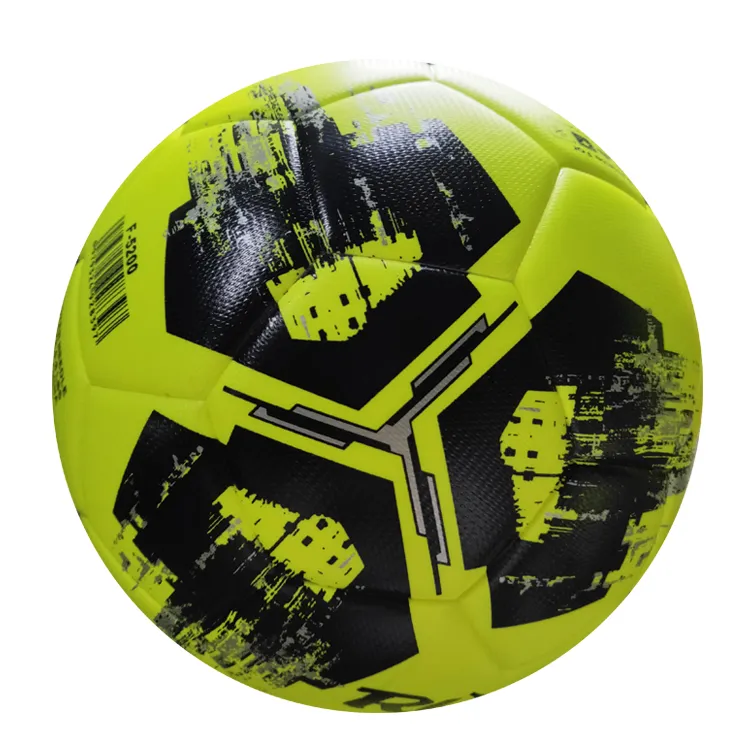
(design for volleyball)
Modern Design for Volleyball: Engineering Excellence
Contemporary volleyball design integrates biomechanical research with material science, creating equipment that enhances player performance while reducing injury risks. The global volleyball equipment market grew 7.2% CAGR from 2020-2023, reaching $893M, driven by technological advancements in court surfaces and net systems.
Revolutionary Court Surface Materials
Elite volleyball courts now utilize 3-layer polymer composites providing 40% better shock absorption than traditional wood surfaces. Beach volleyball designs incorporate silica-sand blends that maintain consistency across temperature variations (+50°C to -10°C).
Smart Net Technology Advancements
Next-generation net systems feature:
- Carbon fiber-reinforced top cables (2.8mm diameter, 1200kg tensile strength)
- RFID-enabled boundary detection (99.97% accuracy)
- UV-resistant mesh (85% durability improvement)
Manufacturer Technical Comparison
| Brand | Surface Tech | Net Precision | Warranty | Price/㎡ |
|---|---|---|---|---|
| SportMaster | Elastomeric Polymer | ±2mm | 10y | $148 |
| CourtCraft | Hybrid Composite | ±1.5mm | 8y | $162 |
| NetPro | Nano-Coated Polymer | ±0.8mm | 12y | $189 |
Customization for Play Requirements
Professional volleyball design services now offer:
- Surface hardness customization (60-90 ASKER C scale)
- Multi-spectrum line marking systems
- Modular court components (72hr installation time)
Olympic Venue Implementation Analysis
The Paris 2024 beach volleyball design features:
- 30cm deep silica-quartz playing layer
- Dual-density boundary zones (1.8g/cm³ vs 1.5g/cm³)
- Automated sand stabilization system
Design for Volleyball's Eco-Evolution
Leading manufacturers now achieve 92% recycled material usage in court components without compromising performance. The latest FIVB-certified designs reduce water consumption by 65% during maintenance compared to 2015 standards.
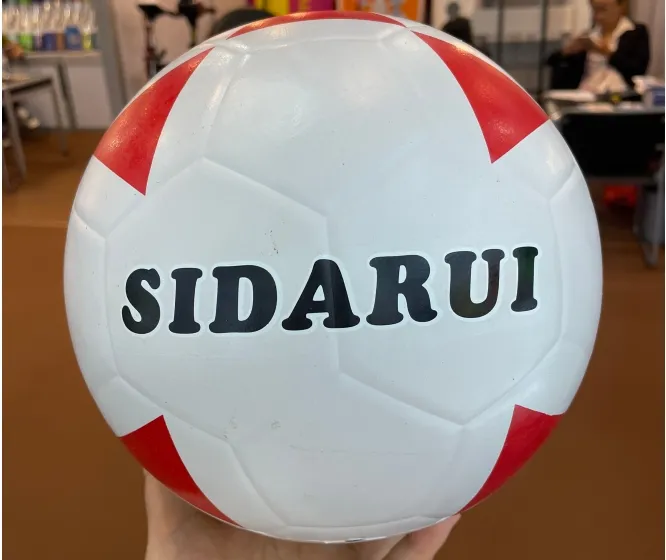
(design for volleyball)
FAQS on design for volleyball
Q: What are key considerations in beach volleyball design?
A: Beach volleyball design prioritizes lightweight, durable materials for sand resistance, vibrant visibility under sunlight, and court dimensions compliant with FIVB standards for optimal play.
Q: How does design for volleyball enhance player performance?
A: Ergonomic ball panels improve grip and aerodynamics, while breathable, moisture-wicking uniforms and shock-absorbing footwear support agility and reduce injury risks during play.
Q: What materials are best for designing a volleyball?
A: Synthetic leather or microfiber composites are ideal for volleyballs, offering weather resistance, consistent touch, and durability for indoor and beach volleyball use.
Q: How do beach volleyball courts differ in design from indoor courts?
A: Beach courts use smaller dimensions (8x16m), sand depth of 40cm for shock absorption, and boundary lines made of flexible materials to withstand outdoor conditions.
Q: Why is sustainability important in modern volleyball design?
A: Eco-friendly materials like recycled polyester for nets/jerseys and energy-efficient court lighting reduce environmental impact while maintaining performance standards for players.




